-
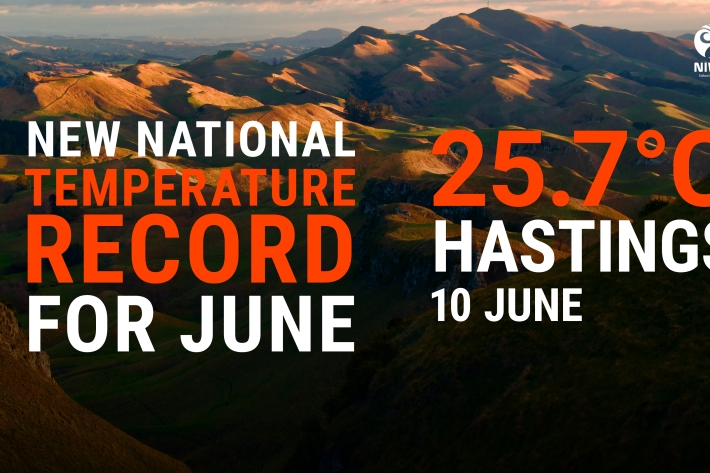
Hottest June temperature ever recorded
Media release12 June 2024Highest June temperature since records began in the 1850s -
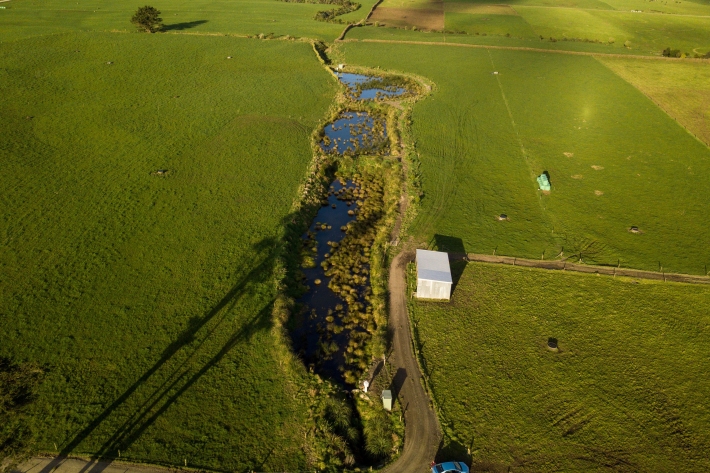
Wetland wonders: cleaning up our freshwater
Media release11 June 2024Constructed wetlands a natural solution to reduce agricultural pollution. -
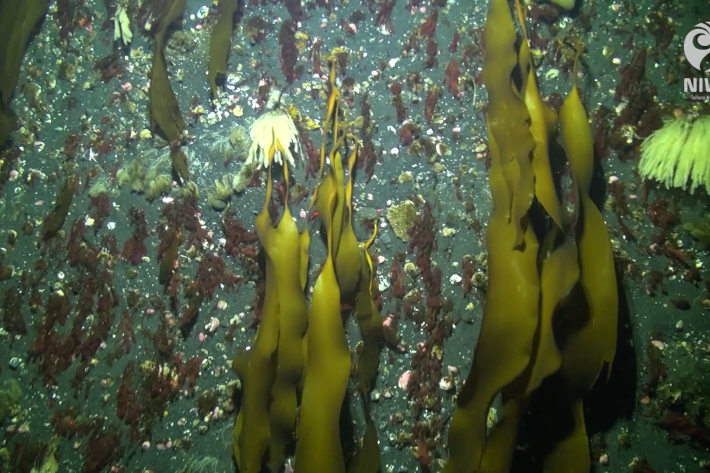
Antarctica likely a carbon storage powerhouse
Media release20 May 2024Antarctica is probably storing much more carbon than previously thought, according to NIWA. -
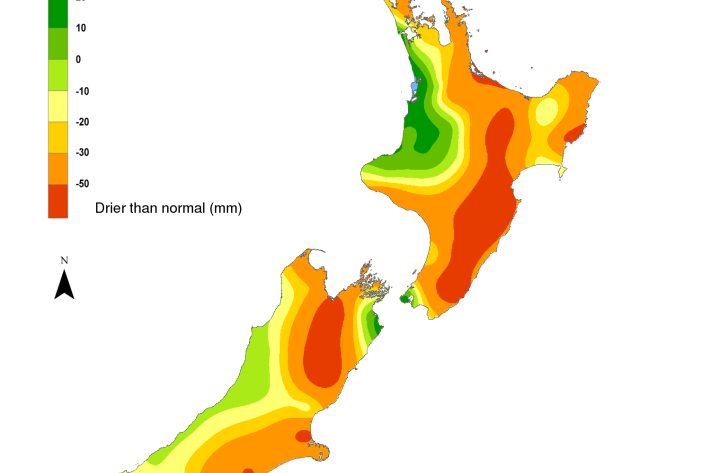
Hotspot Watch 16 May 2024
Hotspot16 May 2024This is the final Hotspot Watch for this season. The Hotspot Watch will return in the spring. -
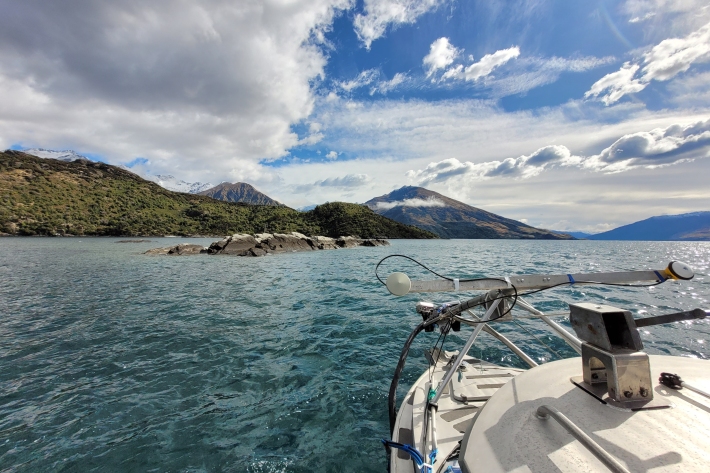
Lake Wānaka mapped in exquisite detail
Media release16 May 2024NIWA scientists have mapped the whole of Lake Wānaka in incredible detail. -
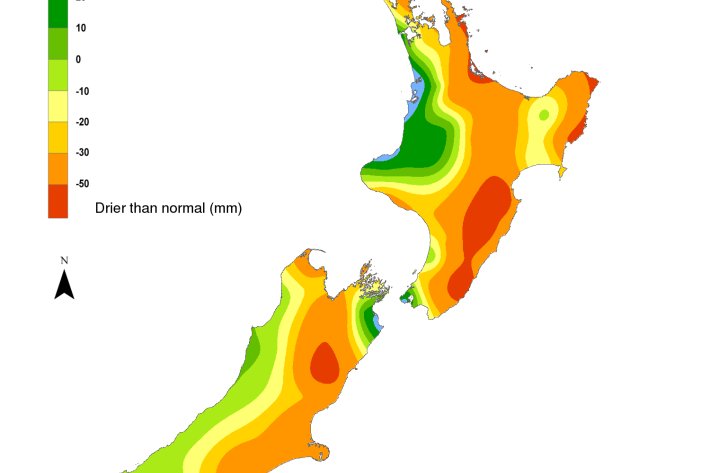
Hotspot Watch 9 May 2024
Hotspot09 May 2024A weekly update describing soil moisture patterns across the country to show where dry to extremely dry conditions are occurring or imminent. -
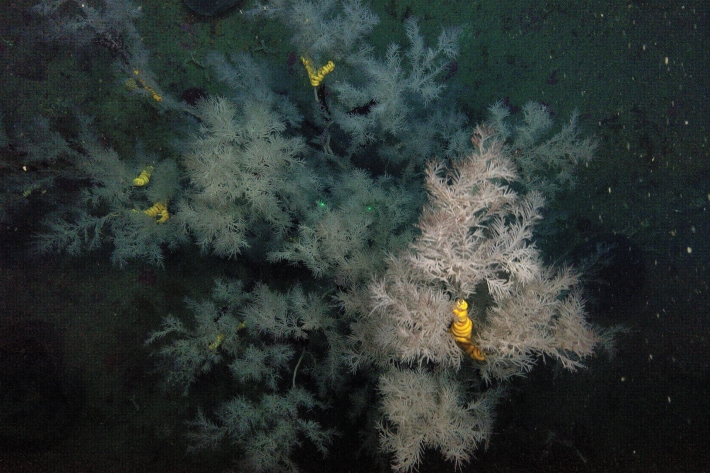
Seafloor impacts of Cyclone Gabrielle revealed
Media release08 May 2024Scientists have found evidence of sediment impacts on seafloor ecosystems following Cyclone Gabrielle. -
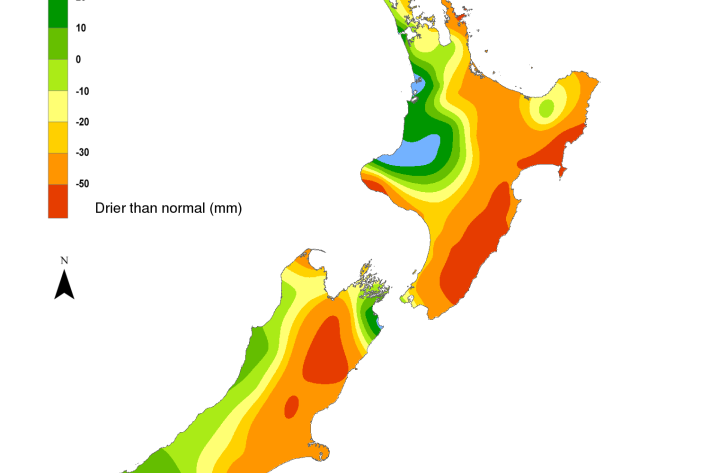
Hotspot Watch 1 May 2024
Hotspot01 May 2024A weekly update describing soil moisture patterns across the country to show where dry to extremely dry conditions are occurring or imminent. -
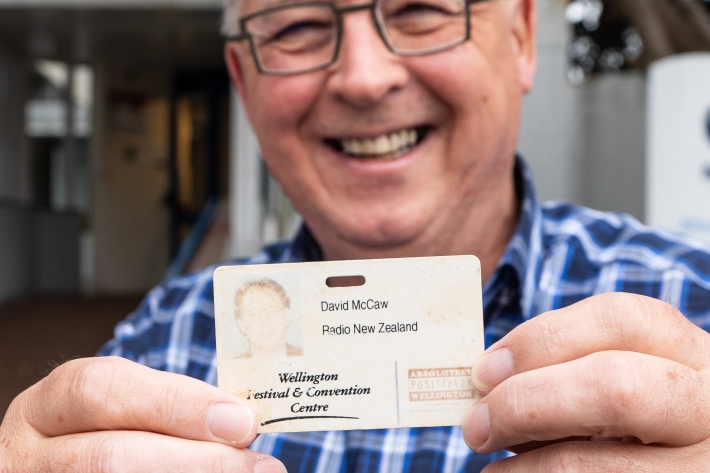
The curious case of a lost security card
Media release24 April 2024In 2016, NIWA technician Rod Budd is doing a routine dive under the Antarctic ice at Cape Evans, studying the creatures that live there. -
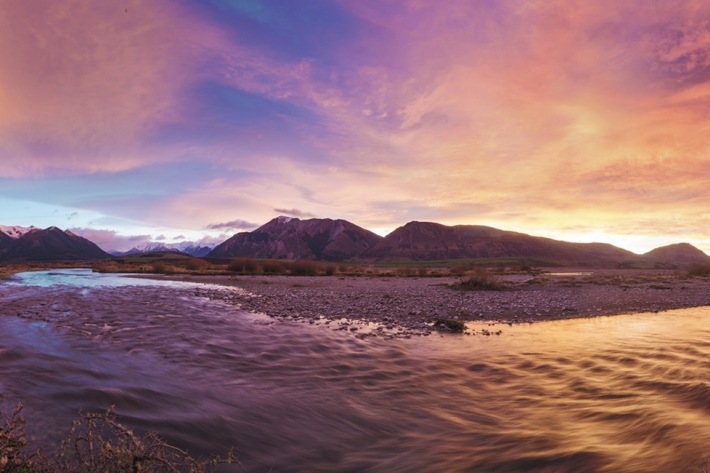
We've got a new look
News article24 April 2024Welcome to our website. -
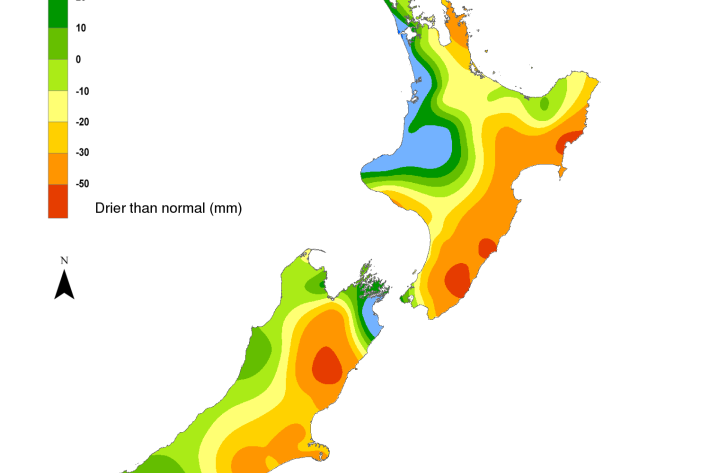
Hotspot Watch 23 April 2024
Hotspot24 April 2024A weekly update describing soil moisture patterns across the country to show where dry to extremely dry conditions are occurring or imminent. -
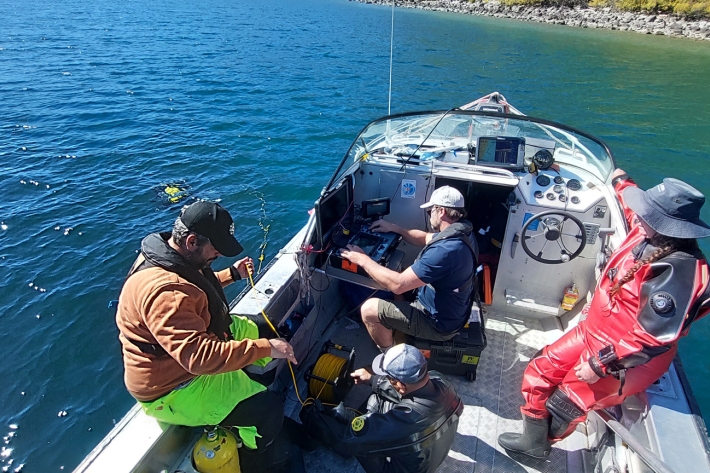
Hunting for freshwater ‘freak of nature’ in Otago
Media release18 April 2024A team of NIWA scientific divers have successfully searched for a freshwater freak of nature in Otago’s alpine lakes.
